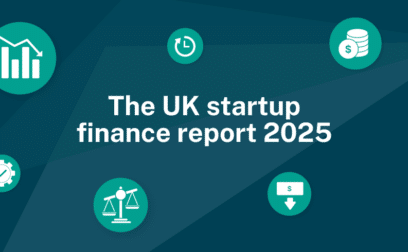Definition
Principal refers to the original sum of money that is invested, borrowed, or lent. It is the initial amount before any interest, gains, or losses are factored in.
What is a principal?
In various financial contexts, “principal” can have different meanings:
1. Investments: In investments, the principal is the initial amount of money that is invested. For example, if you invest £1,000 in a stock, the £1,000 is the principal.
2. Loans and debt: When you borrow money, the principal is the original amount you borrowed. For example, if you take out a £5,000 loan, the £5,000 is the principal amount.
3. Bonds: In the context of bonds, the principal is the face value of the bond. It is the amount that will be repaid to the bondholder at the bond’s maturity date.
4. Mortgages: In a personal or commercial mortgage loan, the principal is the initial amount borrowed to purchase a home. Over time, as you make mortgage payments, a portion of the payment goes towards reducing the principal, while the rest covers interest and possibly other costs.
5. Savings and investments: In savings accounts or investment products, the principal refers to the initial amount of money you deposit or invest. Any interest or returns earned are typically calculated based on this initial sum.
6. Derivatives: In the context of derivatives, such as options or futures contracts, the principal can refer to the amount of money required to establish a position. For example, in a futures contract, the principal is the amount of money needed to enter into the contract.
7. Real estate: In real estate transactions, the principal refers to the initial purchase price of a property.
It’s important to note that the principal amount does not include any interest or returns earned over time. In the case of loans, the interest is the cost of borrowing and is calculated based on the principal. In investments, returns are typically earned on the principal amount. Understanding the concept of principal is fundamental in various financial transactions and calculations.
How to calculate principal amount
To calculate the principal amount, you can use the following formula:
P = I / (RT)
Where the interest amount (I) divided by the product of the interest rate (R) and the amount of time (T).
How interest affects principal
Interest affects principal by either increasing or decreasing it over time. In loans, interest accrues on the outstanding principal, increasing the total amount owed. Payments typically first cover interest, with the remainder reducing the principal.
In investments, interest or returns earned are added to the principal, compounding growth. Higher interest rates accelerate debt accumulation but can also boost investment gains. Conversely, low rates lessen debt burdens but may limit investment returns.
How inflation affects principal
Inflation reduces the purchasing power of principal over time. As prices rise, the value of money decreases, reducing what the principal can buy. This decline affects both loans and investments. For loans, inflation reduces the real value of debt, making repayments easier in nominal terms but potentially costlier relative to purchasing power.
In investments, inflation can erode the real value of returns, impacting overall growth. To mitigate inflation’s effects, borrowers may seek fixed-rate loans, while investors may pursue assets that historically outpace inflation, like stocks or real estate. Understanding inflation’s impact helps in making informed financial decisions.
Example of a principal
Let’s say Company ABC borrows £100,000 from a bank to purchase new equipment for its manufacturing facility. The £100,000 is the principal amount of the loan.
Over the course of the loan term, Company ABC is required to repay the principal amount along with any interest accrued. The principal represents the initial amount borrowed, excluding any interest or fees associated with the loan.


































 yet? Register here!
yet? Register here!